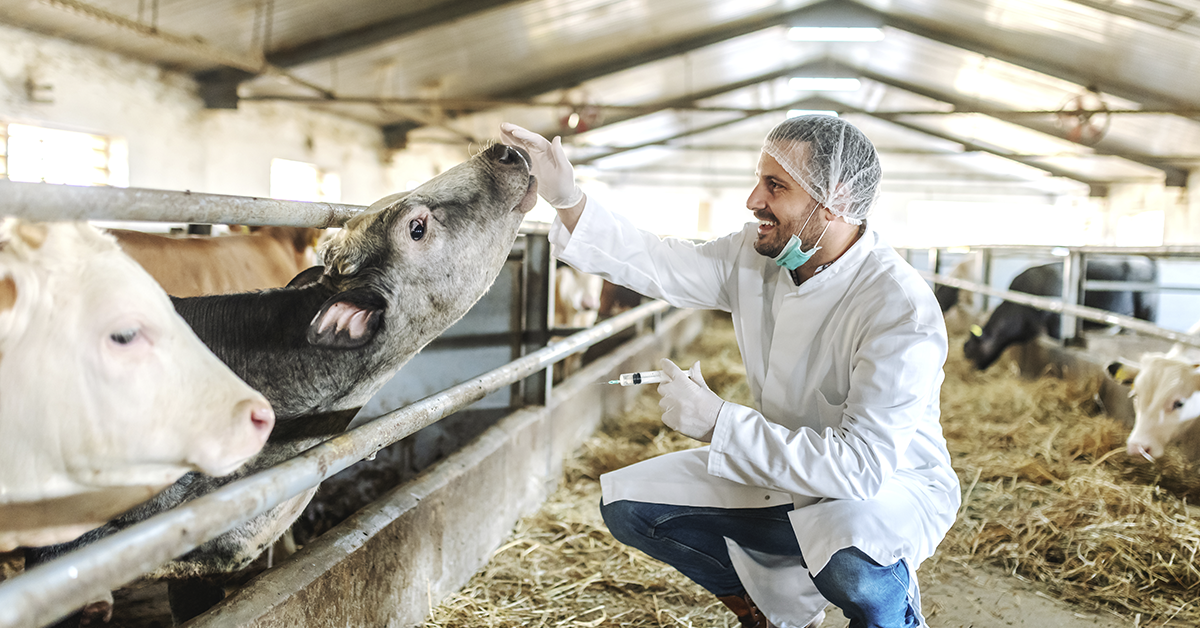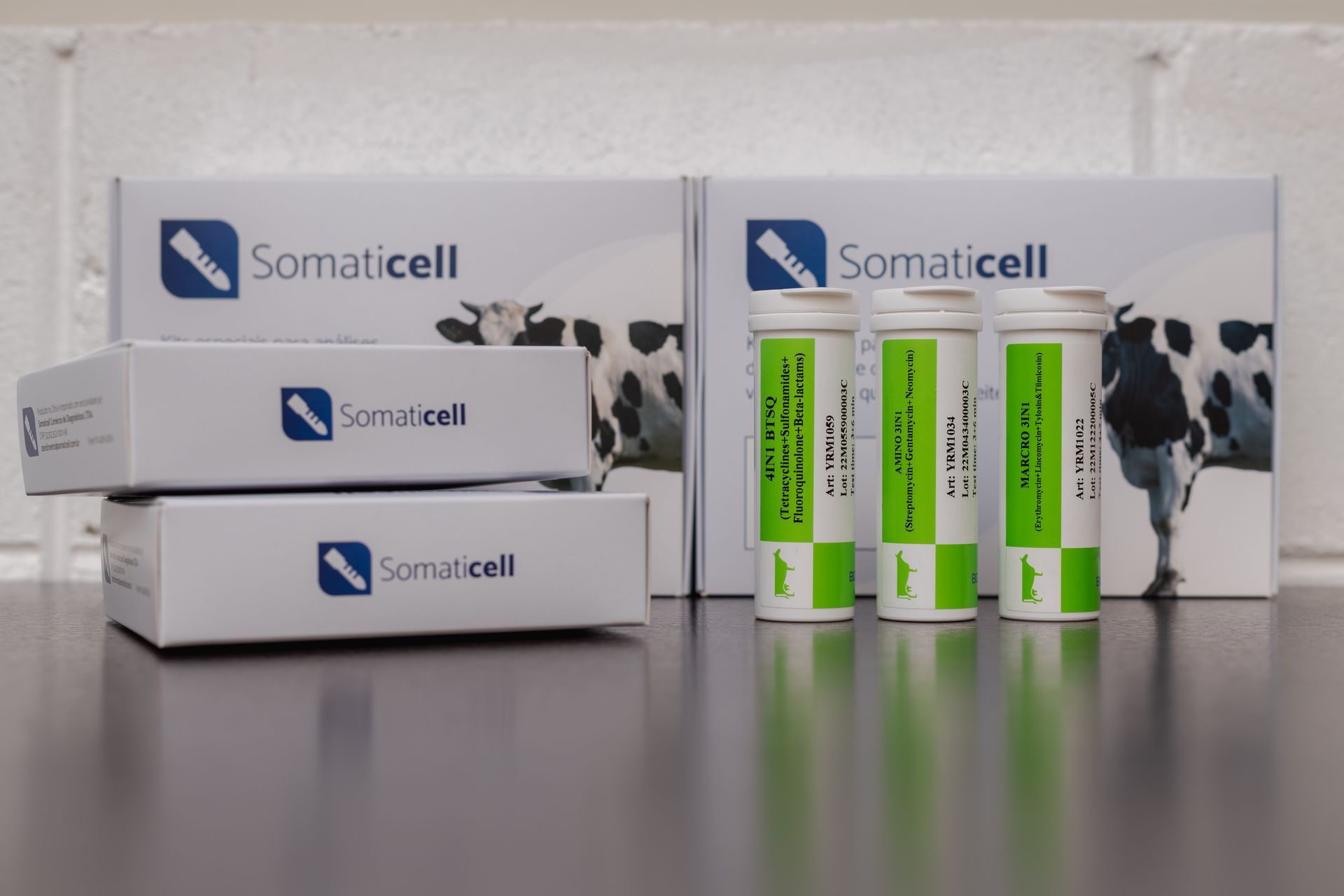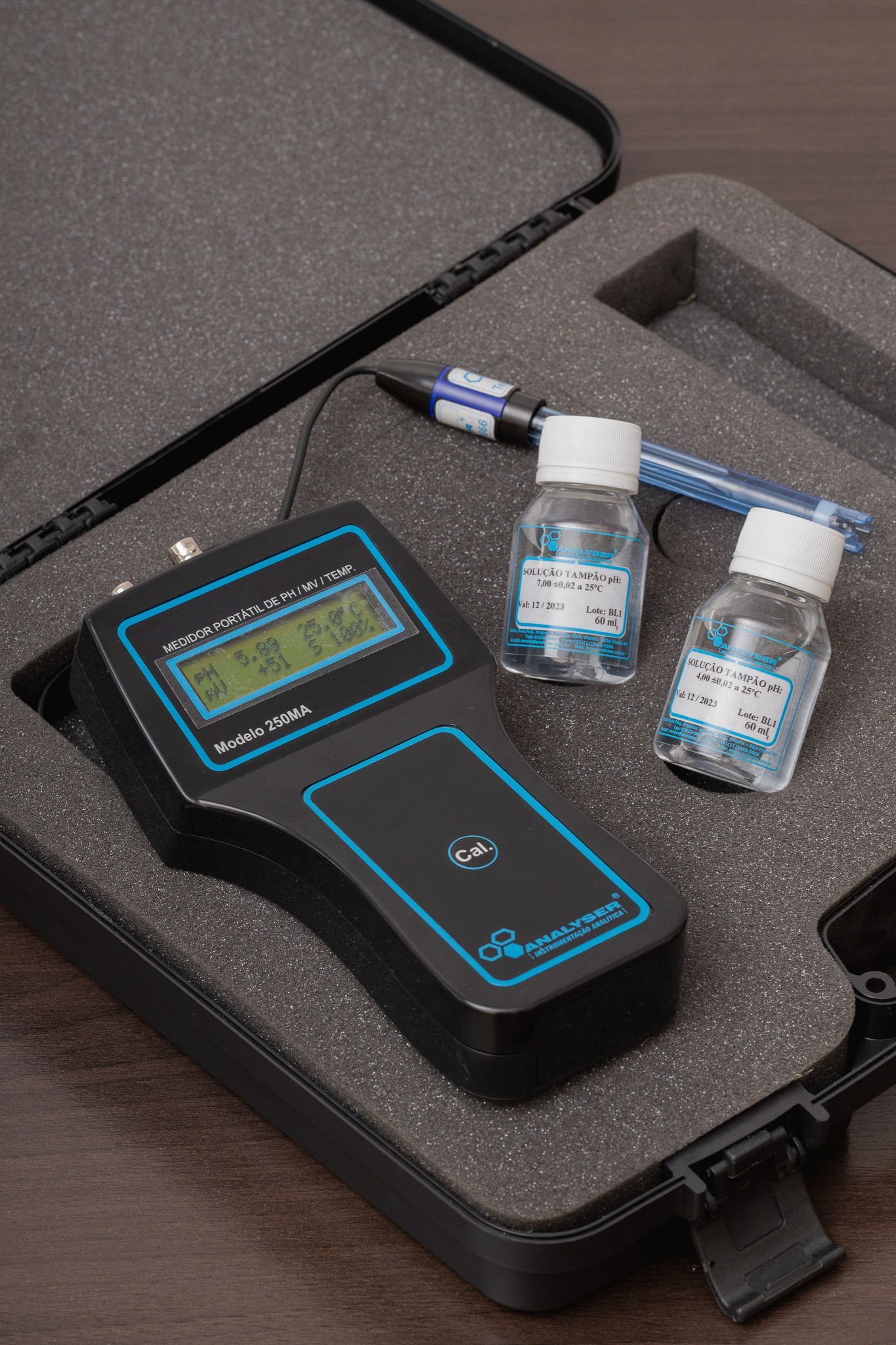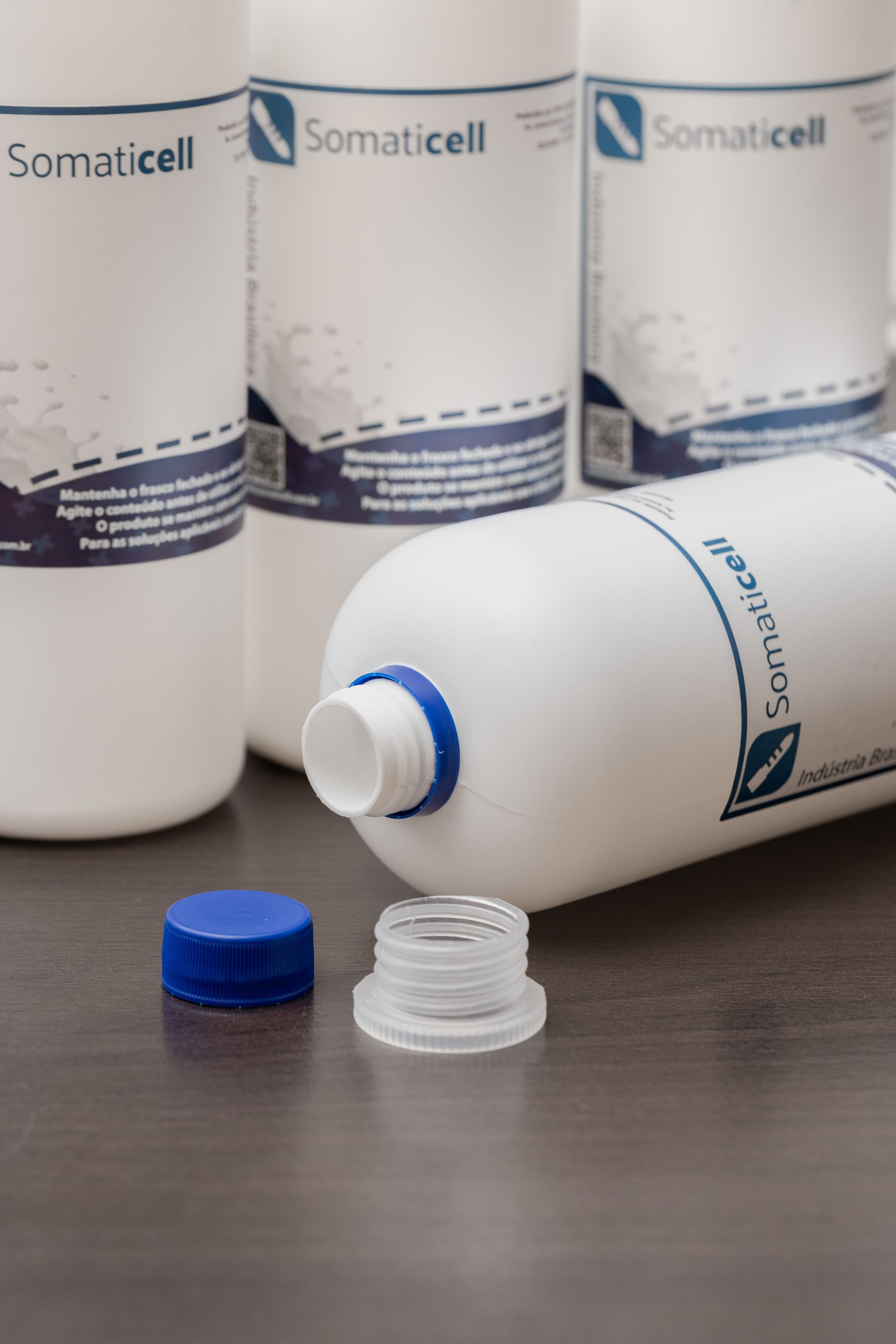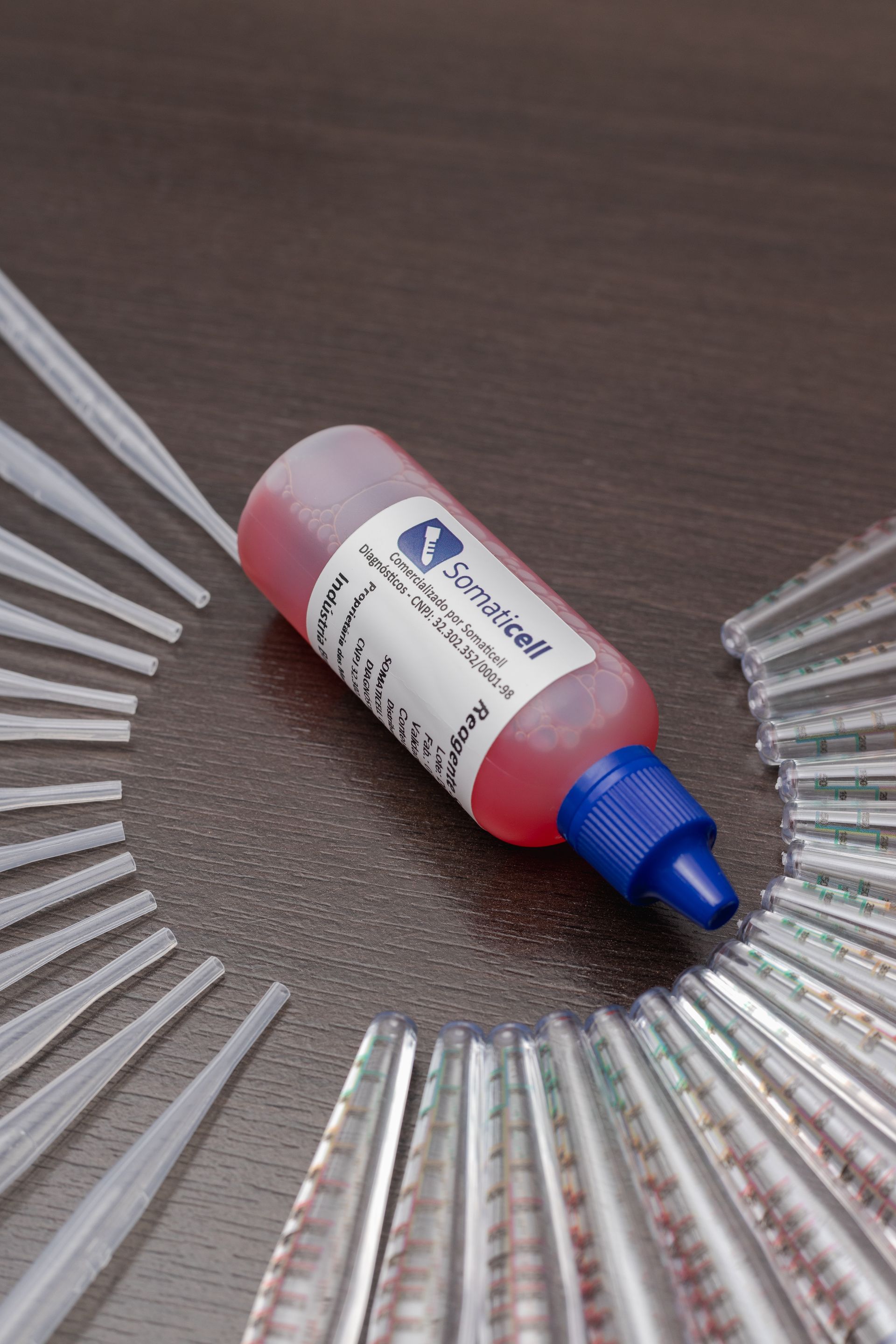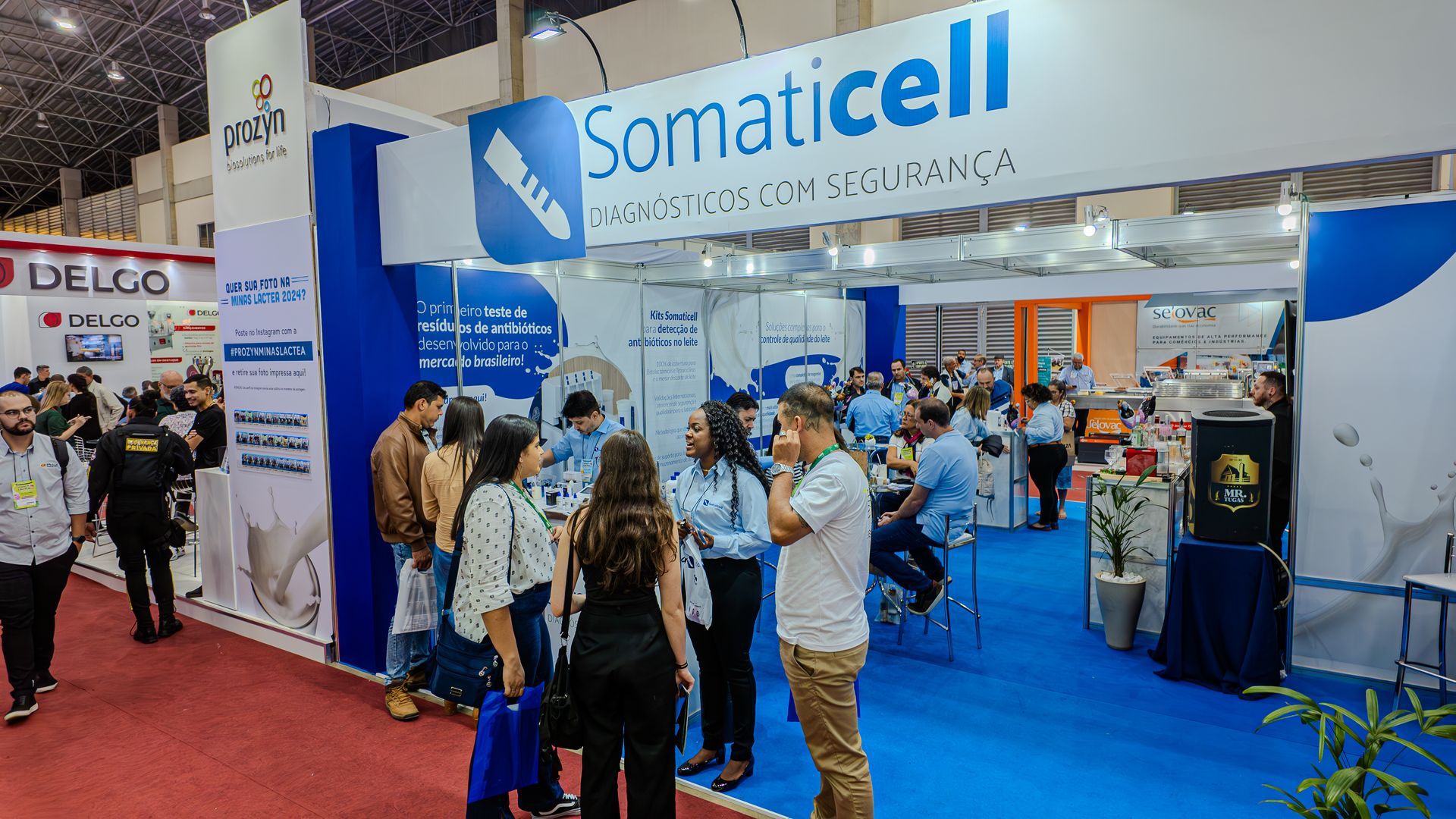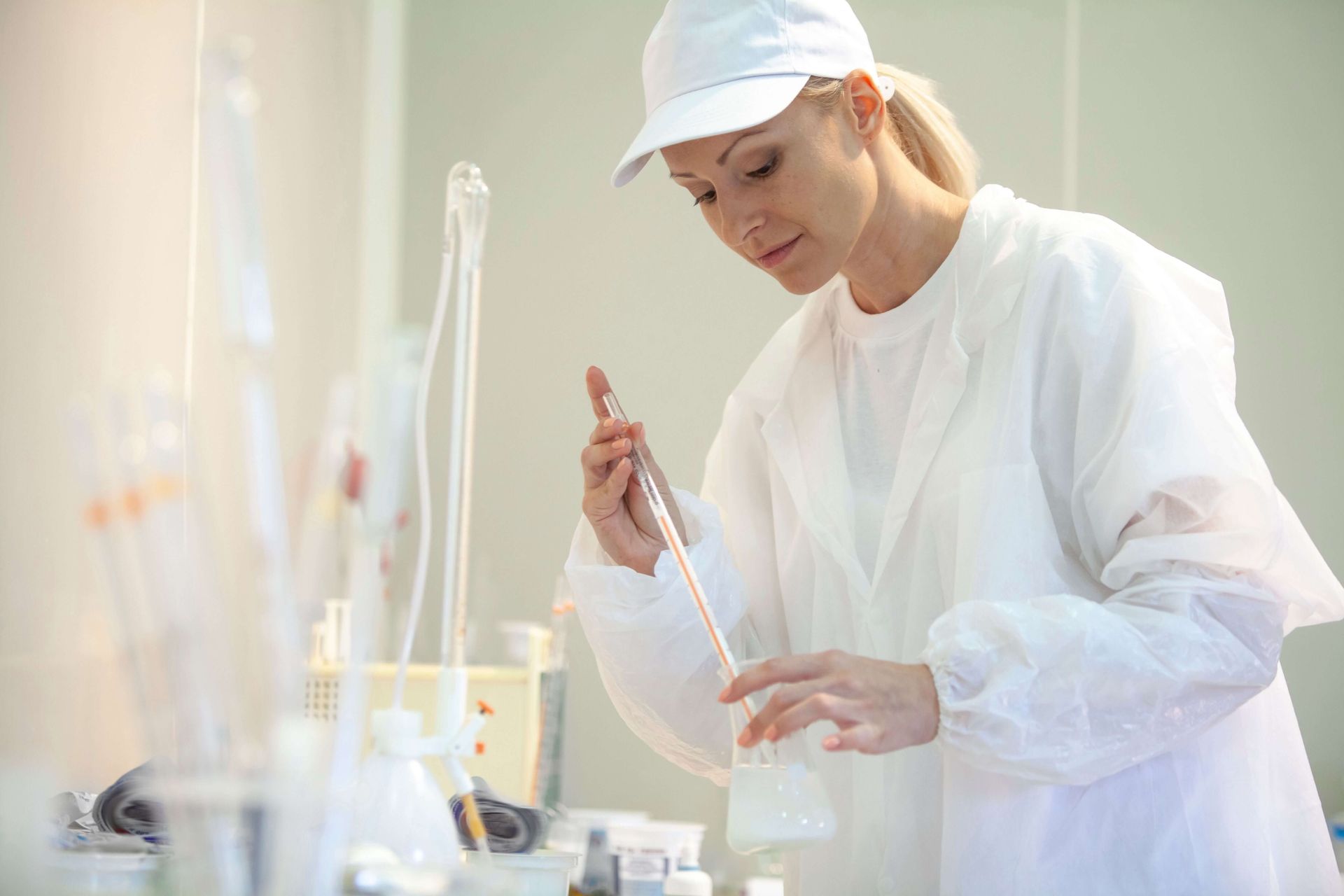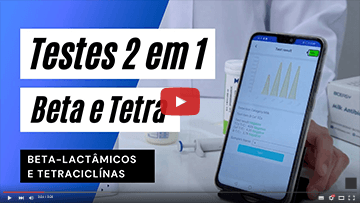Smart use of antibiotics in dairy cow health
The overall profitability of the dairy business depends a lot on how you keep the cows healthy and disease free.
Just like humans, dairy cows are prone to a number of infectious diseases and health conditions. Having accurate disease diagnoses and also an effective treatment strategy are very important points for the well-being of animals and for the significant growth of the dairy business.
The overall profitability of the dairy business depends a lot on how you keep the cows healthy and disease-free, ensuring lower costs and quality raw materials.
Antibiotics are low molecular weight compounds/drugs that are produced by living organisms, mostly fungi, and used to treat and prevent diseases caused by microorganisms (exclusively bacteria). In this way, antibiotics kill or stop the growth of bacteria.
In the following text we will talk about how antibiotics should be used rationally in dairy cows, and also about a series of risks associated with the misuse of antibiotics. Good reading!
Why do we use antibiotics in dairy cows?
O uso de antibióticos em humanos é bastante difundido e possibilita que muitas doenças de origem bacteriana sejam tratadas com rapidez e facilidade. Mas você sabia que o uso de antimicrobianos em animais também é bastante comum? O uso desse tipo de terapia reduz as chances de doenças e eventos relacionados à saúde em animais de produção, melhorando significativamente o crescimento global, o desempenho e a produtividade.
As vacas leiteiras experimentam uma série de doenças infecciosas, e os antibióticos desempenham um papel importante para evitar que elas desenvolvam mais complicações. A mastite (inflamação do úbere) é um exemplo de doença infecciosa que requer uso de antibióticos para restaurar a saúde do animal. Além dela, a maioria das doenças reprodutivas em bovinos são causadas por infecção.
It is important for a farm to have a veterinary consultation, as a veterinary specialist can make the correct diagnosis and recognize the cause of the infection. In addition, he will be able to suggest the proper dose and help you select the best antibiotic to deal with your particular medical condition.
Dairy cows at any stage can suffer from bacterial infections, such as respiratory diseases, any type of wound, skin infections and the most common of them: mastitis.
Important classes of antibiotics in dairy cows
Antibiotics can be divided into classes based on their target of action and spectrum of activity.
Based on the spectrum of activity, antibiotics are of two types:
- Broad spectrum
These showed activity against a wide range of bacteria (broad activity)
- Narrow spectrum
These can act against some types of bacteria (limited activity).
Based on their mechanism of action (target), antibiotics are of the following types:
Beta-lactam antibiotics
Because of the beta-lactam ring present in their structure, these antibiotics are called Beta-lactam antibiotics. Important antibiotics in this family are:
- Penicillin and penicillin derivatives
Examples: Penicillin G, V, Amoxicillin, Ampicillin, Oxacillin etc.
- Carbonemics
Examples: Doribax, doripenem, ertapenem, imipenem or cilastatin
- Cephalosporins.
Examples: Ancef, Cefazolin Ceclor, Cefaclor, Cefdinir.
All of these antibiotics target the cell wall of bacteria. They interfere with the synthesis of peptidoglycans (the polymer that makes up the cell wall of most bacteria).
These antibiotics are used to treat a wide range of infections in dairy cows, including mastitis, sepsis, urinary tract infections (upper and lower) and respiratory tract infections.
This is a class of antibiotics widely used in dairy cows. Almost all antibiotics in this class are broad-spectrum.
Aminoglycosides
This is another widely used class of antibiotics. Some important members of this class are gentamicin (cheapest drug to cure mastitis in cows), kanamycin, streptomycin, tobramycin, and neomycin.
These antibiotics basically interfere with the 30S ribosomal unit and inhibit bacterial protein synthesis. Remember, ribosomes are large entities that are involved in protein synthesis.
These antibiotics are commonly used in cows to treat urinary/gastrointestinal and skin infections. Aminoglycosides show synergistic effects with beta-lactam antibiotics. Both are usually given in combination to get a desirable response.
Tetracyclines
This is another important class of antibiotics and has activity against a broad spectrum of bacteria.
These antibiotics also disrupt the normal translational process (protein synthesis) and bind to the 30S or 50S ribosomal subunits (to some extent), interfering with protein synthesis.
Oxytetracycline is one of the important members of this family, and is used to treat bacterial scabs, metritis (inflammation of the uterus), mastitis, transport fever, and a number of other respiratory and reproductive bacterial infections.
Macrolides
These are important bacteriostatic groups that have a broad spectrum of activity (mainly effective against gram positive bacteria). Some important examples are Azithromycin, Erythromycin, and Clarithromycin.
They also interfere with bacterial protein synthesis.
Quinolones
This is an antimicrobial and bacteriostatic group of antibiotics that have a wide range of applications in the world of dairy cows.
An important modified subclass of this group are the Fluoroquinolones.
These drugs interfere with DNA splicing. These antibiotics actually inhibit the activity of an enzyme called DNA gyrase, which helps DNA winding. This results in inhibition or death of bacterial cells.
How are antibiotics misused in dairy cows?
Antibiotic drugs can have different forms of application, including injection, oral, mixture in feed/water, etc. One cannot ignore the importance of antibiotics to treat many infections that would be deadly in dairy cows.
However, overuse or underuse also creates a host of problems for humans and animals.
Devido ao uso inadequado, as bactérias podem desenvolver resistência (passam a não responder mais aos antibióticos), ocasionando o não funcionamento destes medicamentos frente a uma gama cada vez maior de bactérias resistentes.
This antibiotic resistance is becoming a concern for humans and animals, with the emergence of new superbugs, increasing the challenge for doctors, veterinarians and farmers in the search for a cure for bacterial infections.
Antibiotics for animal use should only be used under specialized supervision. The veterinarian is the professional capable of making an accurate diagnosis, indicating the most effective antibiotic and the appropriate dose for each case.
It is also important to carefully read all the instructions for use of the medicines. Special care must be taken during the period of milk withdrawal and disposal (minimum time from administration of the last dose of antibiotic to production of milk/meat). During this period, antibiotic residues are present in milk and meat. Thus, farmers must wait for the withdrawal period (mention on label/discuss with veterinarian).
Effects of antibiotics on the health of dairy cows
As the person responsible for the quality of the milk in the dairy wants to be sure about the absence of antibiotics, in addition to having a legal obligation to do so, each individual delivery of milk is checked for the presence of antibiotics, before the milk is discharged into the factory.
Milk from cows treated with antibiotics must therefore comply with the withdrawal period and be collected separately and must not be placed in the collection tank to avoid contamination of the milk in the tank.
If the milk is contaminated with antibiotics, it must be discarded. Then, the farmer receives a financial penalty, and may have to answer for all the milk that was contaminated by mixing with the part that contained antibiotic residues.
In addition to human health, there is a second reason why dairies strictly control the presence of antibiotics in milk, the effect they have on fermentation, a key step in the production of cheese, yogurt and other fermented products.
Muitos produtos lácteos (por exemplo iogurte e queijo) são feitos pela fermentação, que é um processo no qual as bactérias crescem no leite para alcançar o sabor e textura específicos necessários para cada tipo de produto.
These bacteria used for fermentation do not grow if antibiotics are present. This is the reason for checking each individual batch of milk delivered to the factory. Lactic yeasts are extremely sensitive to antibiotic residues in milk.
Antibiotic resistance
The careless use of antimicrobials has been pointed out as an aggravating factor of a problem that affects both human and animal health: bacterial resistance. This phenomenon is characterized by the survival of microorganisms after exposure to drugs that would normally be lethal, but also capable of inhibiting their growth, at doses below that required for treatments.
Bacterial resistance to antimicrobials is a natural phenomenon. However, the incorrect use of these drugs causes an acceleration in the emergence of resistant strains, according to the World Health Organization (WHO). By 2050, this resistance will cause 10 million human deaths annually and is considered one of the top ten global public health problems.
Thinking about animal production, infections by resistant microorganisms have a lower chance of being cured, which leads to greater losses for the producer. In addition, according to the One Health concept, human, animal and environmental health are interconnected, so the development of resistant strains in animal production can pose a risk to human health.
Assim sendo, a Organização Mundial de Saúde Animal (OIE) recomenda o
uso prudente e responsável dos princípios ativos antimicrobianos, a fim de garantir que permaneçam eficazes. Além disso, ressalta que, para combater essa questão, é necessária uma ação entre os setores humano, animal e ambiental.
Organic production vs. Conventional
When people talk about the differences between organic and conventional dairy farming, many people feel that organic is a "healthier choice" because no antibiotics are used in organic dairy.
Not giving antibiotics is one way to avoid contaminating your milk, but it is possible to use antibiotics responsibly in dairy cows and not have antibiotics in the milk, through good production practices and strict control. Milk produced under inspection by health authorities (Ministry of Agriculture, state and municipal inspections) also follows the principles of production free of antibiotic residues.
In animal production, it is necessary to raise awareness about the use of antibiotics. Therefore, be aware of its rational use, that is, only when necessary, using the active principle that best suits each situation, with correct doses and frequency. As already mentioned, the unnecessary or careless exposure of microorganisms to antimicrobial agents encourages the emergence of resistant bacteria.
Respect for animals, people and the environment is at the heart of what we do. As a dairy farmer, you need to support your customers and focus on caring for the health of your animals, while protecting communities from diseases that threaten life and society.
As soluções da Somaticell são completas e eficientes, prezando pela maior qualidade dos produtos e a maior segurança para os consumidores.
Temos em nosso
portfólio de serviços um plano de trabalho para identificar todos os resíduos antibióticos no leite bem como uma metodologia de ponta, com a segurança e a confiabilidade que o produtor precisa, sem o desperdício de leite próprio para o consumo. Está na hora de tomar a melhor decisão para o seu negócio, evitar os desperdícios, aumentar a segurança dos produtos e obter melhoras nos resultados para a empresa. Se quiser saber mais informações sobre nossos serviços, acesse nosso site, confira nossas soluções e
entre em contato com a gente agora mesmo!

Discover our App

Our Educational Videos
Somaticell on Social Networks


